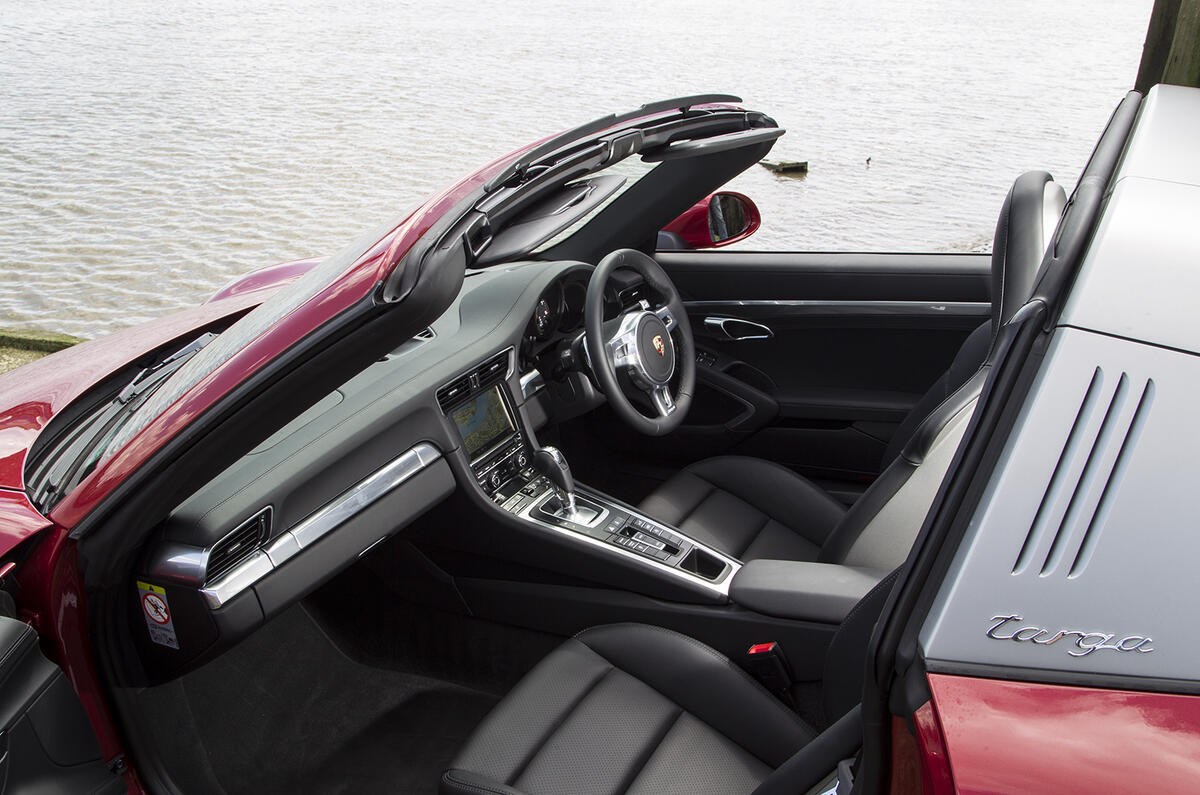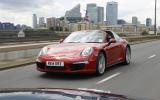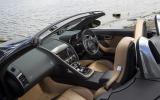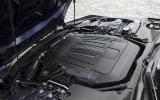This still feels like a sports car test to me. Which is, I suppose, a feat of marketing – and, perhaps, a feat of the fact that cars without roofs are not quite so crippled dynamically as they once were. It’s mostly the marketing, though, I think.
Had Jaguar’s Jaguar F-Type arrived first in coupé form, instead of the roadster that you see here, would you see it as the F-type sports car? Or would it be the poorer relation? The roadster was bigged up as the new Jaguar sports car when it was launched. “You’ll know within 50 metres,” Jaguar’s people said, “that you’re driving a Jaguar like none before it.”
Mostly true. But over the past year – and this dark blue F-type roadster, in V6 S form, has been with Autocar on our long-term fleet for just over that long – we’ve also come to learn that it is a Jaguar with many qualities of Jaguars before it.
Mostly the XK, from which, if you’re being uncharitable, the F-type’s aluminium architecture is derived. It’s wide, low and auto only, has hydraulically assisted steering and, for all its dynamic capability, is a bit of a hot rod at heart. But still, yes, it’s a sports car.
So, too, is the Porsche 911 Targa – to most people I’ve asked, anyway, who seem to see the Targa in a kinder light than the soft-top 911 cabriolet.
There’s something (and I hesitate to use the word because I’m 39) inherently cooler about an early 911 Targa than a cabriolet, no? And although the Targa’s purpose has been diluted somewhat in recent generations by being little more than coupés with sliding panoramic roofs, this version rekindles its identity by bringing back the traditional aluminium-look roll hoop with its gills on the side.
Except that, of course, in this case, it’s a bit of a bluff. Beneath the Targa lies generally the same roof mechanism as the the 911 cabriolet’s, only it’s a bit heftier even than that.
Where the cabriolet’s rear panel swings up and the boot folds below, the entire rear window and roll hoop lifts on the Targa, before the roof panel stows beneath it. Porsche calls the folding and unfolding a spectacle.
Read the Porsche 911 Targa 4S first drive
Porsche’s people are not wrong, but it’s a spectacle that can only be enjoyed when the car is stationary, and one that takes a full 20 seconds. The machinations add 40kg even to the cabriolet’s weight, making it 110kg heavier than the coupé, and its size requires the extra width of the bodywork fitted, as is traditional, to four-wheel-drive Porsche 911s.








































Join the debate
Add your comment
F Type vs 911 Targa
Ouch
Well to be honest......!